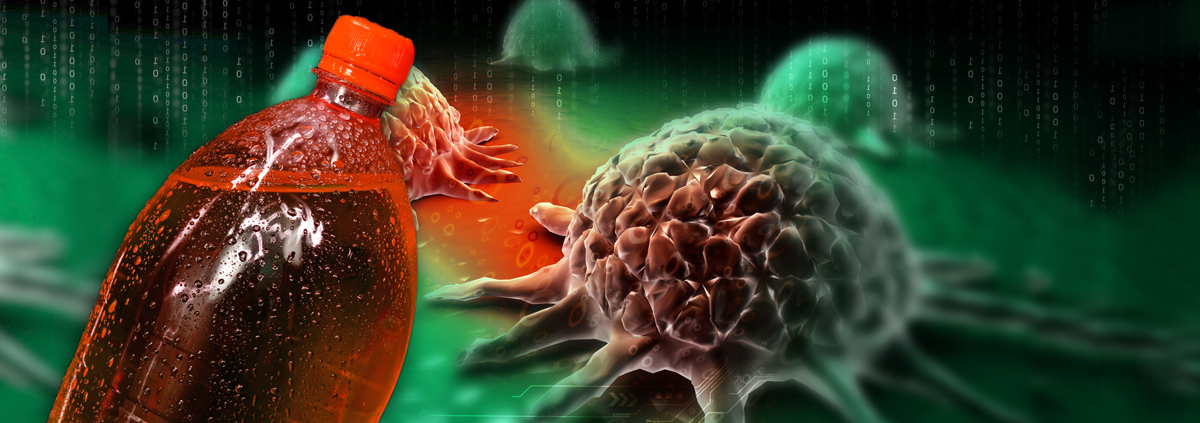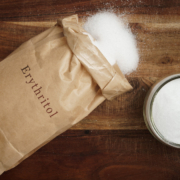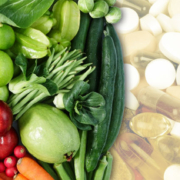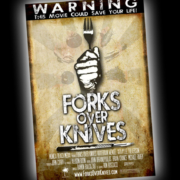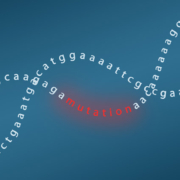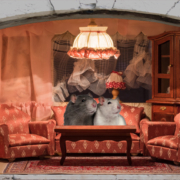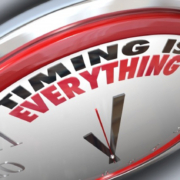Finding the Cancer Risk in Sugary Drinks
In Tuesday’s Memo, I reviewed the methodology of the NutriNet-Santé study in France. As I suggested, it was solid. The sugary drink choices included fruit juices, sodas, sugar-sweetened hot and milk beverages, sports drinks, and energy drinks. In terms of the data collection, I can’t think of anything they could have done better.
Turning to the statistical analysis, it was complicated to say the least. The use of high-speed computers allows for many statistical analyses to be done in short order, even with over 100,000 subjects. My only concern is that, as they did the trend for hazard ratios, they adjusted for many variables including age, gender, energy intake, and family history. How many variables? About 24 in all by my count. That’s not necessarily wrong, but there are some that would seem obvious such as total carbohydrate intake from all foods, and percentage of calories from carbohydrates other than vegetables and fruit.
Another way of analyzing the data was something I’ve done before, and that’s compare the rate of cancer to the national cancer statistics in France. In this case, the rate of cancer in France is 0.95% while it was 0.87% in the unadjusted data from the study. That’s very close and a bit lower than the national average.
Must we avoid even a half-cup of fruit juice per day? Is the sugar in your coffee or sweet tea causing a significant increase in your risk of getting cancer? I’ll let you know on Saturday.
What are you prepared to do today?
Dr. Chet
Reference: BMJ 2019; 366 doi: https://doi.org/10.1136/bmj.l2408.

